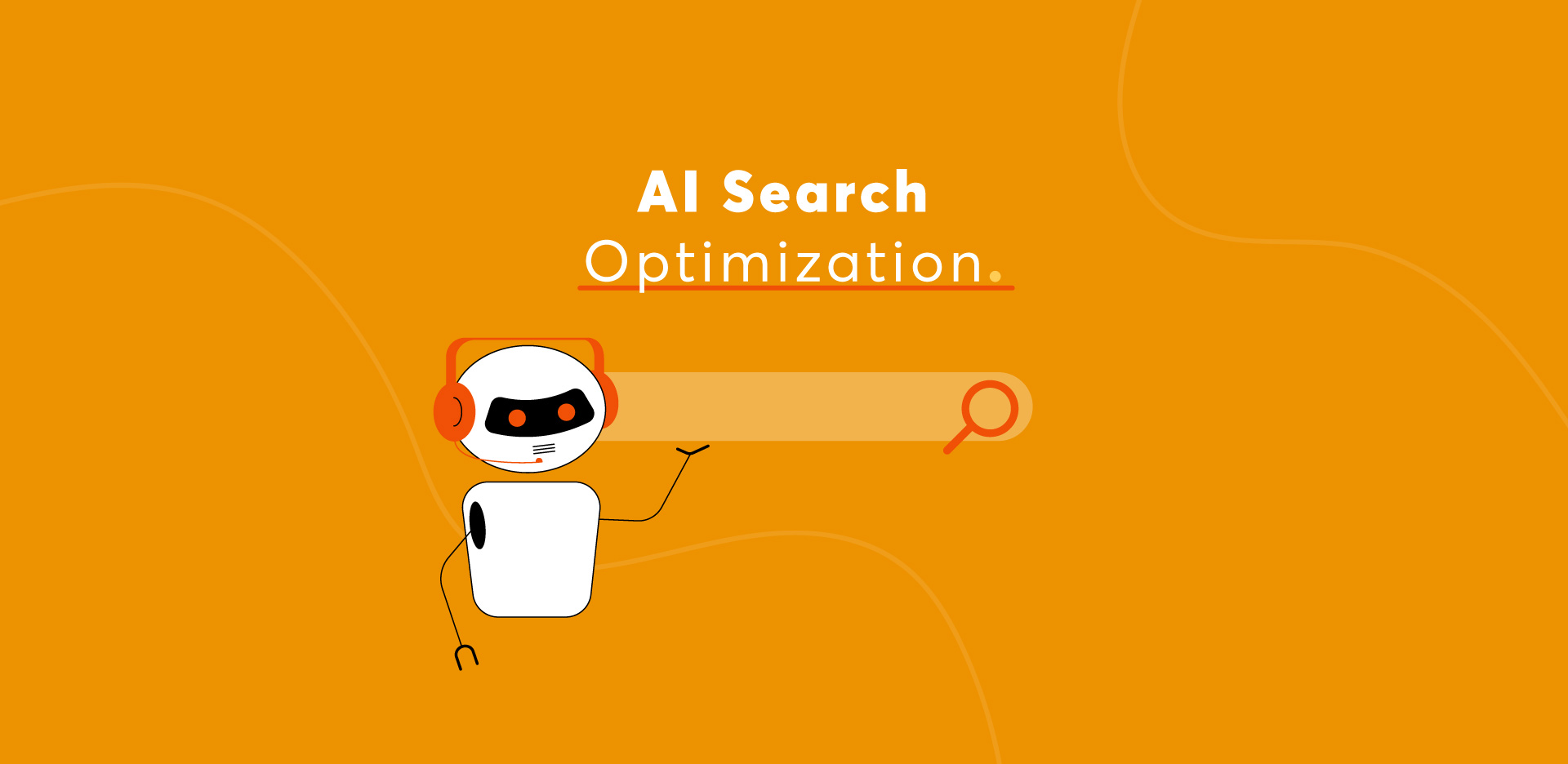3 Ways to Optimize for AI Search Bots
As search engines increasingly integrate AI-powered bots like Google’s Gemini, OpenAI’s ChatGPT, and Microsoft’s Copilot, optimizing for traditional search algorithms is no longer enough. To stay ahead, marketers and SEO professionals must adapt their strategies to ensure visibility in AI-generated search results.
In this blog post, we’ll explore three key ways to optimize for AI search bots, ensuring your content remains discoverable and valuable in the age of AI-driven search.
1. Structure Your Content for AI Readability
AI search bots rely on well-structured, semantically rich content to generate accurate and relevant responses. Unlike traditional search engines that prioritize keywords and backlinks, AI models assess content based on clarity, context, and depth.
Key Strategies:
a) Use Clear Headings and Subheadings
AI bots scan content hierarchically, so a logical structure helps them understand your content better. Use:
- H1 for the main topic
- H2 for major sections
- H3/H4 for subtopics
Example:
H1: Best Digital Marketing Strategies for 2024 H2: Content Marketing H3: How to Create Engaging Blog Posts H3: SEO Best Practices for Content H2: Social Media Marketing
b) Write in Short, Digestible Paragraphs
AI models prefer concise, scannable content. Break long paragraphs into 2-3 sentences and use bullet points where possible.
c) Leverage Schema Markup
Structured data helps AI bots interpret your content more effectively. Implement:
- FAQ Schema (for question-based queries)
- How-To Schema (for step-by-step guides)
- Article Schema (for blog posts and news)
d) Focus on Semantic SEO
AI bots understand context, not just keywords. Use:
- Related terms (e.g., “content marketing” → “blogging,” “SEO,” “social media”)
- Natural language (avoid keyword stuffing)
2. Optimize for Conversational & Long-Tail Queries
AI-powered search engines process natural language queries, meaning users ask questions conversationally (e.g., “What’s the best budget smartphone in 2024?” instead of “best budget smartphone”).
Key Strategies:
a) Target Question-Based Keywords
Use tools like:
- AnswerThePublic
- Google’s “People Also Ask”
- Semrush’s Keyword Magic Tool
Example:
Instead of targeting “email marketing tips,” optimize for:
- “How do I improve email open rates?”
- “What’s the best time to send marketing emails?”
b) Create Comprehensive FAQ Sections
AI bots pull answers from FAQ-rich pages. Add a dedicated FAQ section to key pages.
Example for a SaaS company:
Q: How does your CRM software improve sales?
A: Our CRM automates lead tracking, provides analytics, and integrates with email tools to streamline sales workflows.
c) Use a Conversational Tone
Write as if answering a friend’s question. Avoid overly formal or robotic language.
3. Prioritize Expertise, Authority, and Trust (E-A-T)
AI search bots prioritize credible sources. Google’s Search Generative Experience (SGE) and ChatGPT cite high-authority websites.
Key Strategies:
a) Cite Reliable Sources
Back claims with data from:
- Industry reports (e.g., Statista, HubSpot)
- Academic studies
- Government websites (.gov, .edu)
Example:
❌ “Email marketing is effective.”
✅ “According to HubSpot’s 2024 Marketing Report, email marketing delivers an average ROI of 1 spent.”
b) Showcase Author Credentials
- Add author bios with expertise (e.g., “10 years in SEO”)
- Link to LinkedIn or professional profiles
c) Update Content Regularly
AI bots favor fresh, accurate information. Review and update old posts every 6-12 months.
d) Encourage Backlinks from Reputable Sites
High-quality backlinks signal trust. Earn them via:
- Guest posting on industry blogs
- HARO (Help a Reporter Out)
- Broken link building
